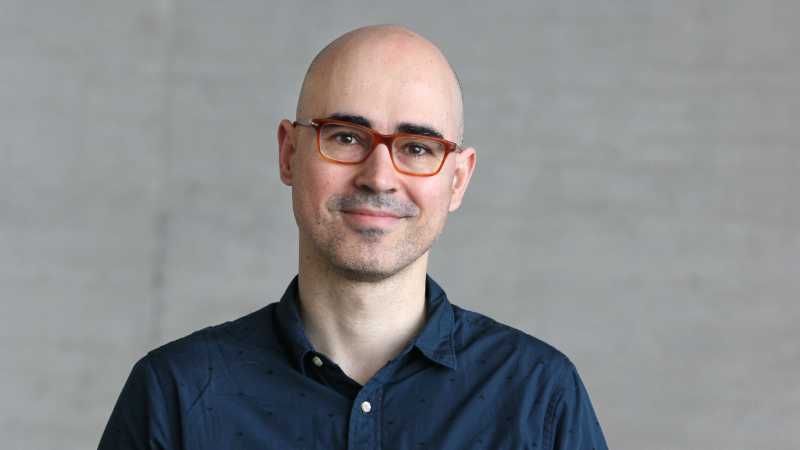Jan Brugués Group
Self-organization of living matter

How do forces shape life?
In living systems, molecules can self-organize into large functional assemblies. We are an interdisciplinary lab trying to discover the biophysical principles behind this self-organization. A particular focus of our research regards how active forces shape biological structures such as mitotic spindles, microtubule asters, and chromatin. We combine concepts and tools across cell biology, biochemistry, and soft matter physics.
How forces shape the cytoplasm
During embryonic development, cells rapidly divide and reorganise their content on millimetre scales. For example, throughout the cell cycle, the microtubule and actin cytoskeleton undergo dramatic changes, generating distinct physical environments in the cell. We explore this dynamic organisation by using cytoplasmic extract from X. laevis frog eggs and D. rerio zebrafish embryos as model systems. We employ microscopy, rheology, laser cutting, quantitative image analysis and theory. Altogether, this allows us to identify simple physical mechanisms that govern the organisation of the cytoplasm during the cell cycle and bridge the gap from molecular level to macroscopic organisation.
How forces shape the nucleus
Confining the long DNA molecule within the nucleus in a functional way requires organization across different scales. By combining polymer physics with single-molecule imaging, we have characterized two different types of forces that act on DNA: Pioneering transcription factors, that condense DNA through capillary forces, and motor proteins, that extrude DNA loops. By using a reconstituted nucleus in X. laevis extract, we are currently dissecting how these molecular forces scale up and can lead to the micron-scale organization of chromatin.
Future Projects and Goals
- Physical principles of cytoplasm partitioning by the cell cycle oscillator
- Investigating how cells find their centre
- Investigating how changes in material properties of the cytoplasm drive cellular functions
- Physical principles of nuclear organization
- Emergent properties of chromatin from molecular activities
Methodological and Technical Expertise
- Biophysical measurements in living systems (e.g. laser ablation, optical and magnetic tweezers, micropipette aspiration)
- Zebrafish early development and Xenopus leaves egg extracts
- Imaging and quantitative image analysis
- Instrumentation and tool development
- Theoretical and computational methods in biophysics